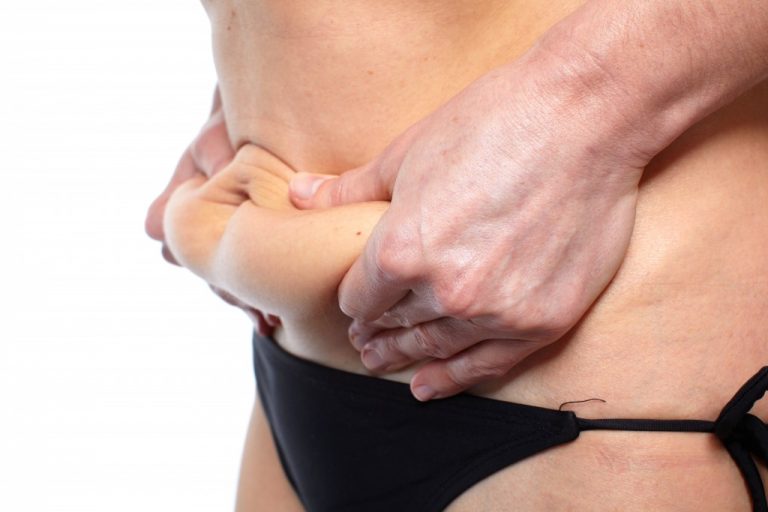Plenty of individuals who lost a significant amount of excess weight or have recently undergone some kind of bariatric surgery are left with unsightly flaps of loose skin around their arms, stomach, buttocks, thighs, or back. Rashes and painful sores could develop under those skin folds as well.
The loose skin also produces a weird, lumpy shape, making it hard for these individuals to find clothing that fits them well. Not to mention the unpleasant dangling skin on the arms. Because of these reasons, most people usually opt to have further surgeries to correct these issues.
Are You an Ideal Candidate?
Generally speaking, ideal candidates for corrective surgeries after weight loss are those that are 18 years old and above, don’t smoke, and are dedicated to maintaining post-surgery results. Candidates should likewise be generally healthy, meaning that their blood pressure is under control and that they don’t have any chronic illnesses such as diabetes, pulmonary, or heart conditions that could increase the risk of complications or hinder healing.
However, bariatric patients who are looking to undergo any kind of corrective surgery should keep their weight in check for at least four to six months prior to even qualifying for further surgeries to reduce the risk of potential complications.
For those who are interested in undergoing cosmetic surgery to get rid of excess skin after losing significant weight, however, there’s really no waiting time required, notes a renowned cosmetic surgery specialist in Salt Lake City.
Surgery Options After Weight Loss
 The body contouring goals of each patient vary significantly depending on how much weight he or she lost, where the excess skin is located, and age. With that said, below are common cosmetic surgery procedures you could choose from:
The body contouring goals of each patient vary significantly depending on how much weight he or she lost, where the excess skin is located, and age. With that said, below are common cosmetic surgery procedures you could choose from:
- Lower Body Lift. This involves a tummy tuck and the removal of excess skin from the thighs, groin area, and buttocks to get rid of the loose skin and fat deposits. Depending on specific circumstances, the incision will only be made in the bikini line for reduced scarring, but in some people, the incision might be made all around the body.
It’s common for patients to stay overnight in the hospital or clinic following this procedure. In general, recovery time is from 10 days to two weeks. - Breast Lift. This includes removing loose skin and lifting the nipples. Depending on the preference of the patient, breast implants might be used for improving the overall breast shape.
- Thigh Lift. This procedure involves making an incision at the groin area, and sometimes down to the knees to remove saggy skin.
- Upper Arm Lift. This cosmetic surgery procedure involves getting rid of loose skin through an incision starting from the armpits right down to the elbows.
For all the benefits that cosmetic surgery could offer, it’s still crucial that you manage your expectations, specifically when it comes to scarring. Likewise, if you’re interested in undergoing multiple surgical procedures, you might have to wait at least six months in between procedures depending on your surgeon’s recommendations. That said, it’s best that you consult a licensed plastic surgeon to find out more about the options available to you.

